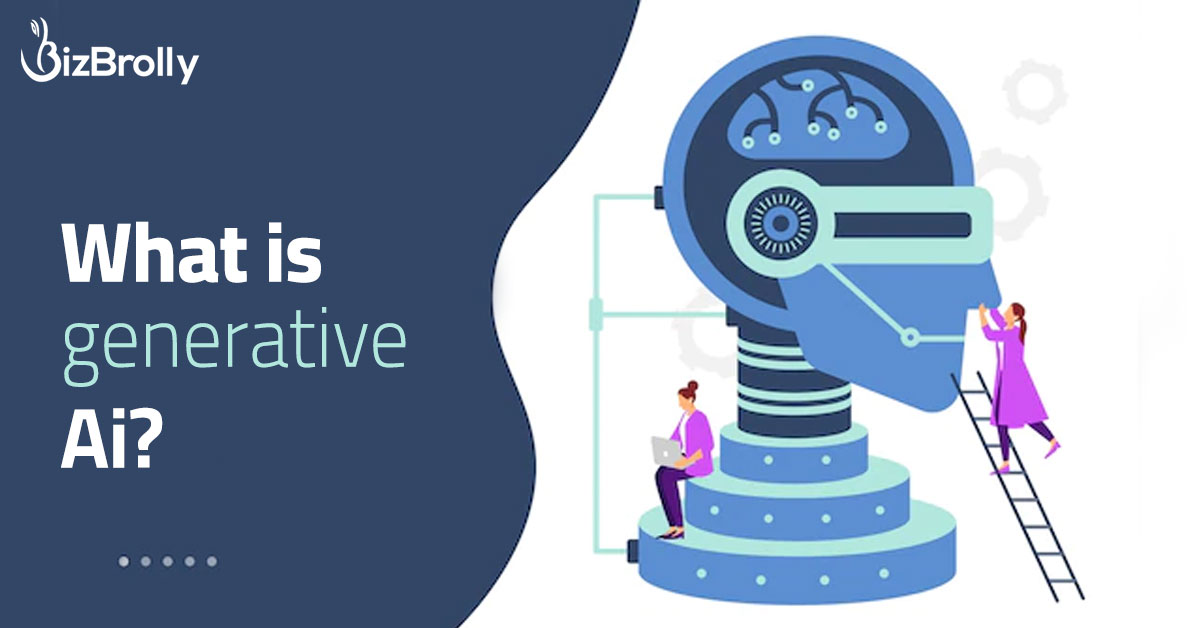
According to Mobile App Development Services, we say the technology known as generative AI allows users to produce new text, audio, or visual content using pre-existing materials. With generative AI, computers can identify the underlying pattern in the input and generate content that is similar to that.
There are numerous methods, including:
GANs are neural networks that compete with one another to find an equilibrium between the two: a generator and a discriminator.
The task of creating fresh data or content that closely resembles the source data falls to the generator network.
It is the responsibility of the discriminator network to distinguish between the source and generated data in order to determine which is closest to the original data.
Transformers that mimic cognitive attention, such as GPT-3, LaMDA, and Wu-Dao, differentially measure the importance of the input data parts.
They receive training to comprehend the language or image, learn how to classify data, and produce texts or images from enormous datasets.
The decoder recreates the original information from the compressed code that the encoder created from the input.
This compressed representation stores the input data distribution in a much smaller dimensional representation if it is selected and trained properly.
One of the many common uses is image to image conversion. An old black and white photograph could be converted into a colored image as an example of an image-to-image conversion. Instagram users are probably used to editing daytime photos to make them appear as though they were taken at night. Another illustration of generative AI is this. Then, of course, there is the well-known face aging phenomenon, which swept the globe and gave users a glimpse of how they would appear in 50 years.
Generative AI has many entertaining applications, but it also has many business and life-altering applications.
Healthcare has been significantly impacted by generative AI, which allows physicians to detect potential dangers in x-ray images by accessing GAN computed angles of a medical scan. These computed angles have given medical professionals the ability to see how a problem might spread and to treat patients right away before things get out of hand.
Since the twin is produced using already-existing digital models and data, 3D digital twins are also a type of generative AI. With the help of digital twins, our customers in maintenance and retail are now better equipped to make model-based decisions. Predictive maintenance, increasing shop floor productivity, or customizing designs are a few examples.
When generating new content from preexisting content, such as audio, video, text, image files, or even code, machine learning algorithms are used.
In other words, generative artificial intelligence (AI) enables computers to extract patterns from existing data and then generate entirely new content.
What difficulties does generative AI Face?
Security: Generative AI can be used fraudulently, such as to con people.
Overestimating capabilities: To complete tasks, generative AI algorithms need a huge amount of training data. GANs, however, cannot produce wholly original images or texts. They merely combine what they already know in various ways.
Unexpected results: It can be difficult to control the behavior of some generative AI models, like GANs. They exhibit erratic behavior and produce an unexpected result.
Health-related applications raise privacy issues involving data at the individual level.
Purely self-learning, generative AI produces high-quality results by learning from various datasets. Risks can be reduced and machine learning models can be trained to be significantly less biased with a high level of self-learning. In the end, this makes it possible for machines and computers to comprehend more abstract idea.
General Adversarial Networks, also known as GANs, are the most widely used model that Generative AI can use.
According to Gartner, generative AI refers to AI techniques that take a representation of an artifact from the data and use it to create entirely new artifacts while maintaining a resemblance to the original data. The Generative AI algorithms find the underlying pattern in the source data (text, code, audio, images, etc.) and produce outputs that are quick, precise, and of high quality (synthetic data). The information may include audio and video, programming resources, designs, natural language, strategies, etc.
Applications for generative AI are mushrooming in a variety of industries, including software engineering, product development, pharmacology, marketing, media, and more. This technology still has limitations because it is in its infancy. The associated worries about the security and privacy of synthetic data are one restriction. The models themselves can also be used for evil intent, such as deepfakes, which will get harder and harder to spot and eliminate. However, as more advantages are discovered, rapid adoption of generative AI will become unavoidable.